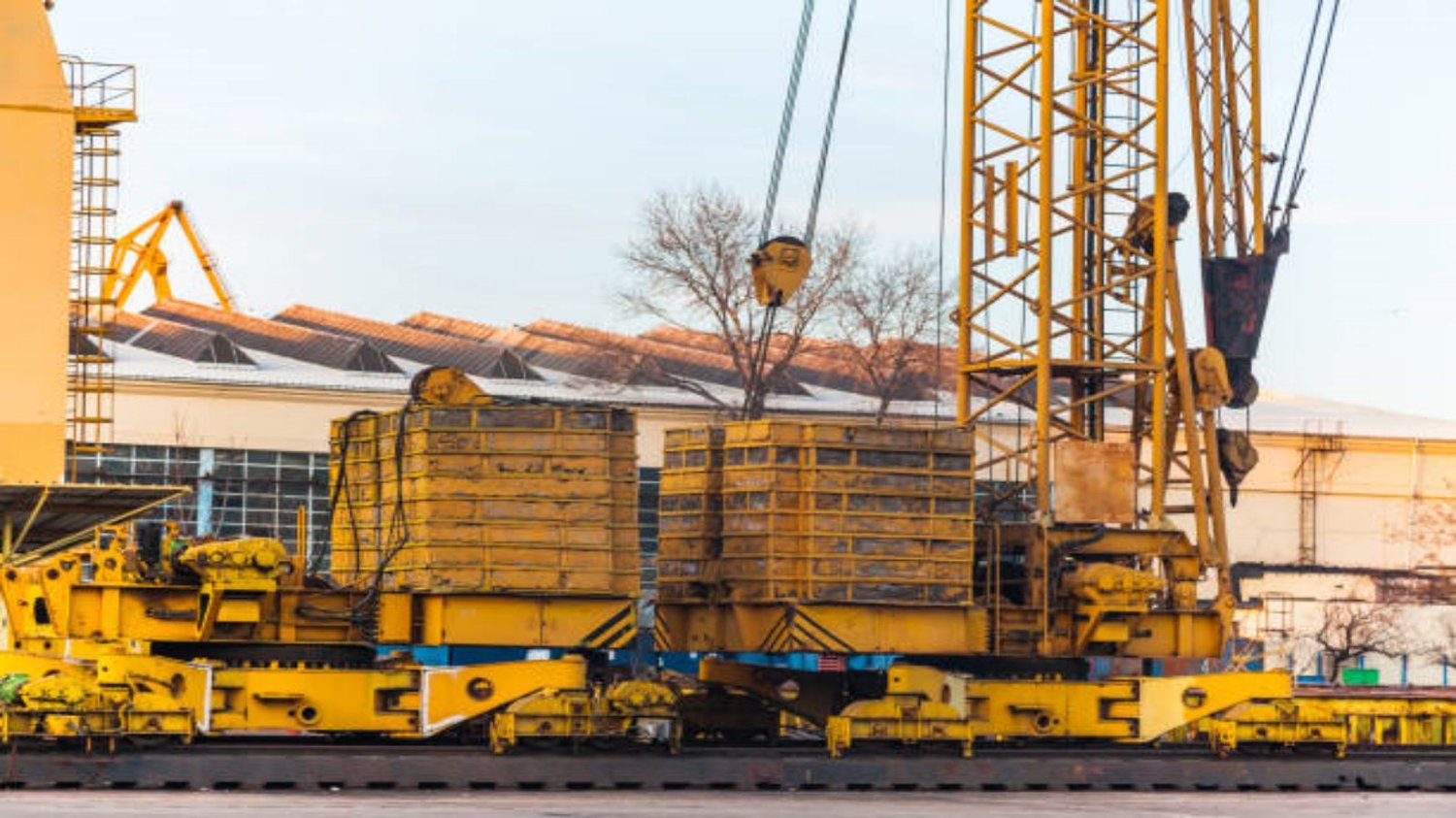Table of Contents

1. An Introduction to Electrolytic Cell Inspection Crane
An electrolytic cell inspection crane is a specialized piece of equipment used in the maintenance and inspection of electrolytic cells. Electrolytic cells are crucial in various industrial processes, such as electroplating, metal refining, and the production of chlorine and hydrogen. These cells require regular inspection to ensure their safety and efficiency. In this article, we will explore the importance of electrolytic cell inspection crane and its role in maintaining the integrity of these cells.
2. Enhancing Safety in Electrolytic Cell Inspections
The primary purpose of an electrolytic cell inspection crane is to enhance safety during inspections. Electrolytic cells often contain hazardous substances, and manual inspections can pose significant risks to workers. By utilizing an inspection crane, workers can safely access and inspect the cells without exposing themselves to potential dangers.
3. Efficient Access to Electrolytic Cells
Efficient access to electrolytic cells is essential for timely inspections and maintenance. Electrolytic cell inspection cranes are designed to provide easy and convenient access to the cells, eliminating the need for manual climbing or complex scaffolding. This allows inspectors to focus on their tasks more effectively, saving time and improving overall efficiency.
4. Precise Positioning and Maneuverability
Electrolytic cell inspection cranes are equipped with advanced positioning and maneuvering capabilities. These cranes can be operated remotely, allowing inspectors to position themselves precisely for a thorough examination of the cells. The ability to move the crane in multiple directions ensures that no part of the cell is left uninspected.
5. Non-Destructive Testing with Electrolytic Cell Inspection Crane
Non-destructive testing is crucial for assessing the condition of electrolytic cells without causing damage. The use of an electrolytic cell inspection crane enables inspectors to perform various non-destructive testing techniques, such as visual inspection, ultrasonic testing, and thermographic imaging. These methods help identify potential issues or defects in the cells without compromising their structural integrity.
6. Early Detection of Cell Malfunctions
Early detection of cell malfunctions is essential to prevent accidents, production downtime, and costly repairs. Electrolytic cell inspection cranes play a vital role in identifying potential malfunctions or abnormalities in the cells at an early stage. By regularly inspecting the cells, any signs of deterioration, corrosion, or mechanical failures can be detected promptly, allowing for timely maintenance and preventing further damage.
7. Improving Overall Cell Performance
Regular inspections with an electrolytic cell inspection crane can significantly improve the overall performance of the cells. By identifying and addressing any issues or inefficiencies, the cells can operate at their optimum level, ensuring consistent and high-quality output. Proper maintenance and timely repairs, facilitated by the inspection crane, contribute to the longevity and reliability of the cells.
8. Cost-Effectiveness and Long-Term Savings
Investing in an electrolytic cell inspection crane can lead to long-term cost savings for industries utilizing electrolytic cells. Regular inspections can prevent major breakdowns or accidents, which can be extremely costly in terms of repairs, production downtime, and potential environmental damage. By detecting and addressing issues early on, the inspection crane helps industries avoid these expenses and ensures a more cost-effective operation.
9. Compliance with Safety Regulations
Electrolytic cell inspection cranes also play a crucial role in maintaining compliance with safety regulations. Industries operating with electrolytic cells are subject to various safety standards and regulations. Regular inspections using the appropriate equipment, such as an inspection crane, help industries meet these requirements and provide a safe working environment for their employees.
10. Conclusion: Safeguarding Electrolytic Cells with Inspection Cranes
Ensuring the safety and efficiency of electrolytic cells is of utmost importance for industries relying on these devices. Electrolytic cell inspection cranes provide a reliable and efficient means of inspecting and maintaining these cells. By enhancing safety, enabling efficient access, facilitating non-destructive testing, and promoting early detection of malfunctions, these cranes contribute to the overall performance and longevity of the cells. Investing in an electrolytic cell inspection crane is a proactive step towards safeguarding the integrity of electrolytic cells and optimizing industrial processes.
